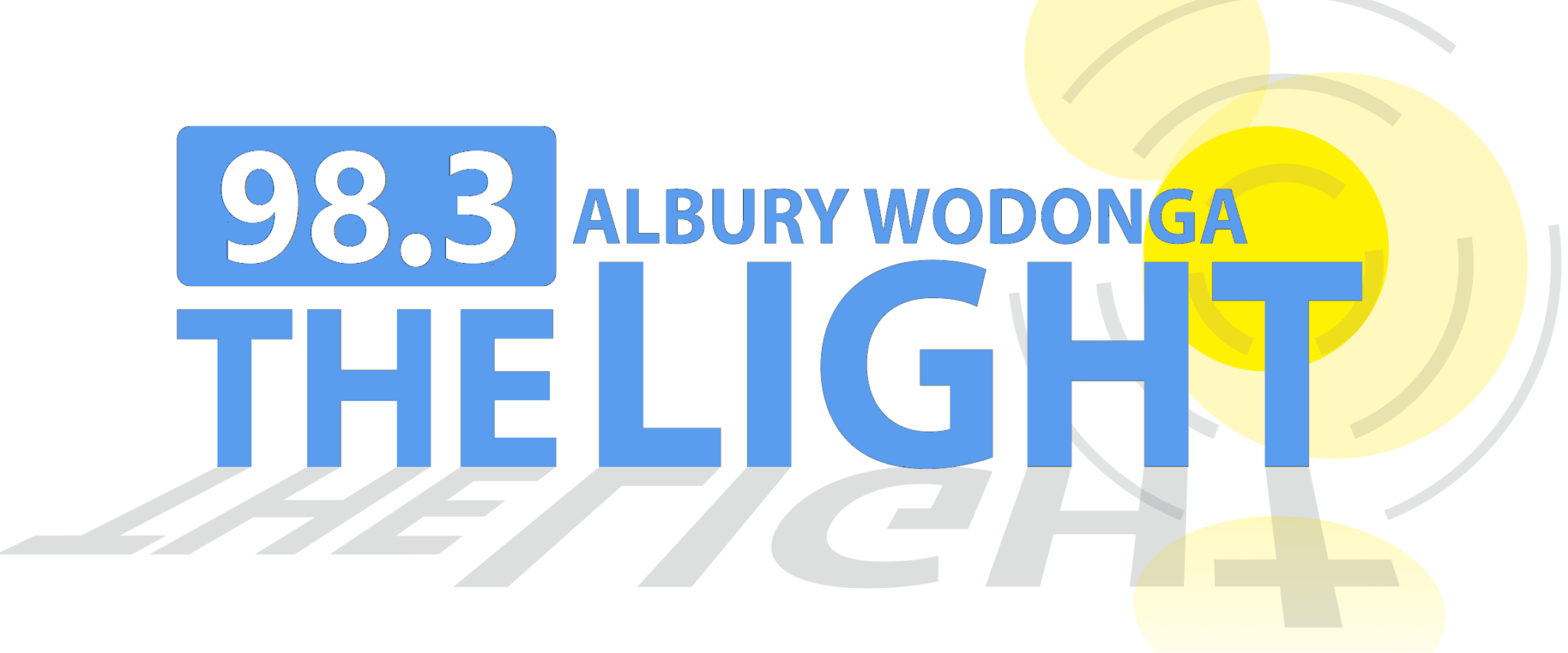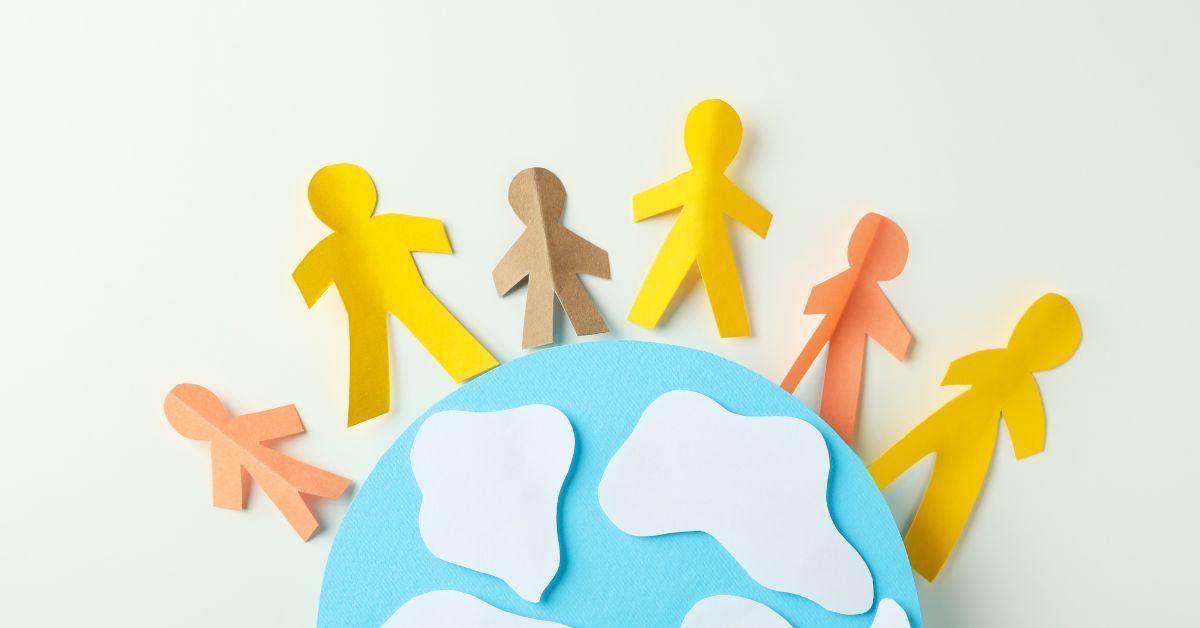By: Mike Crooks
Multiculturalism is “one of Australia’s greatest strengths,” says Multicultural Affairs Minister Andrew Giles.
“This week provides all of us with an occasion to celebrate our vibrant multiculturalism. And reflect on how each of us, and more of us, can do more to help stamp out racism in our communities.”
A celebration
Welcome to Harmony Week, which runs from March 18 to March 24. Harmony Day – traditionally an international day of anti-racial discrimination – takes place on Thursday, March 21.
This year’s theme is “Everyone Belongs”.
Across Australia there are events, gatherings and themed days at schools, where students are encouraged to attend in the national dress of the country of their heritage, or in the Harmony Day colour of orange. (Some school events take place outside of the actual week.)
“Harmony Week is the celebration that recognises our diversity and brings together Australians from all different backgrounds,” read a Harmony Day statement.
“It’s about inclusiveness, respect and a sense of belonging for everyone.”
Events
Across Australia there are hundreds of events celebrating multiculturalism.
The event is for people to learn about how to support cultural diversity in the workplace.
“50 years ago, multiculturalism became official Australian government policy, with the goal of making this a land of equal opportunity for all people,” said Minister Giles.
“And 50 years on, our multiculturalism policy continues to build toward this ideal.”
Harmony Week history
Harmony Week is celebrated during the week (Monday to Sunday) that includes March 21, which is the United Nations International Day for the Elimination of Racial Discrimination.
In 1999 under Prime Minister John Howard, March 21 became Harmony Day in Australia.
Harmony Week is celebrated during the week that includes March 21, which is the United Nations International Day for the Elimination of Racial Discrimination.
Then, two decades later in 2019, Prime Minister Scott Morrison introduced Harmony Week.
“Since 1999, more than 80,000 Harmony Week events have been held in childcare centres, schools, community groups, churches, businesses and federal, state and local government agencies across Australia,” read a Harmony Day statement.
Why orange?
According to Harmony Week organisers, orange signifies social communication, freedom of ideas and encouragement of mutual respect.
“Australians can choose to wear something orange during Harmony Week to show their support for cultural diversity and an inclusive Australia,” read a Harmony Week statement.
Facts and stats
More than 70 Indigenous languages are spoken in Australia.
Since 1945, more than 7.5 million people have migrated to Australia.
85 per cent of Australians agree multiculturalism has been “good for Australia”.
The most common languages spoken in Australia (after English) are Mandarin, Arabic, Cantonese, Vietnamese, Italian, Greek, Tagalog/Filipino, Hindi, Spanish and Punjabi. (Source: Australian Bureau of Statistics.)
For more information on Harmony Week, including events all across Australia, visit here.
Article supplied with thanks to Hope Media.
Feature image: Canva Pro

